⚠️ Content Warning: This article contains descriptions of Holocaust atrocities, medical experiments, and executions that may be distressing. It is intended for educational and historical awareness.
In the annals of human cruelty, few names evoke as much horror as Josef Mengele, the Nazi doctor whose name became synonymous with sadistic medical experiments at Auschwitz. Known as the “Angel of Death,” Mengele’s chilling legacy is one of unimaginable atrocities, driven by a perverse devotion to Nazi ideology and a relentless pursuit of pseudoscientific “research.” Responsible for sending approximately 400,000 people to their deaths in Auschwitz’s gas chambers, Mengele’s crimes extended far beyond the selection platform, delving into a nightmarish world of human experimentation that targeted the most vulnerable—Jews, Romani people, and especially children. Despite his heinous acts, Mengele evaded justice, slipping through the cracks of history to live out his days in hiding. This is the chilling true story of Josef Mengele, a man whose privileged beginnings belied the monstrous deeds he would commit.
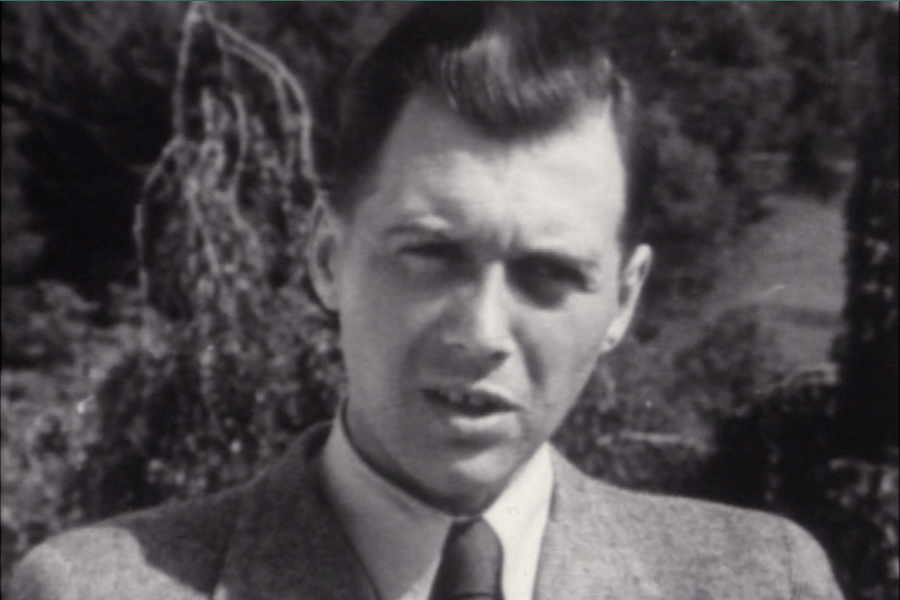
A Privileged Beginning
Born on March 16, 1911, in Günzburg, Germany, Josef Mengele grew up in a world of privilege and promise. His father, a prosperous businessman, ensured a comfortable life for the family, even as Germany’s economy crumbled in the interwar years. Mengele was a charismatic and popular student, excelling academically and charming those around him. His path seemed destined for greatness, and after graduating high school, he pursued higher education with zeal.

In 1935, Mengele earned a doctorate in anthropology from the University of Munich, followed by a second doctorate in medicine from the Frankfurt Institute for Hereditary Biology and Racial Hygiene. Under the mentorship of Dr. Otmar Freiherr von Verschuer, a fervent Nazi eugenicist, Mengele immersed himself in the pseudoscience of racial hygiene, studying hereditary influences on physical traits. His dissertation explored racial impacts on jaw formation, a topic that aligned with the Nazi obsession with “purifying” the Aryan race. Verschuer’s glowing recommendation in 1938 underscored Mengele’s enthusiasm and aptitude, setting the stage for his descent into infamy.
Embracing the Nazi Cause
Mengele’s alignment with the Nazi Party began early. In 1937, at age 26, he joined the Party while working under Verschuer. A year later, he enlisted in the SS and a Wehrmacht reserve unit, later volunteering for the Waffen-SS medical service. His early assignments included evaluating Polish nationals for “Germanization”—a process to determine their suitability for Aryan citizenship based on Nazi racial criteria. By 1941, Mengele was deployed to Ukraine, where he earned accolades for bravery, including rescuing wounded soldiers from a burning tank. Decorated and commended, he rose quickly through the ranks.
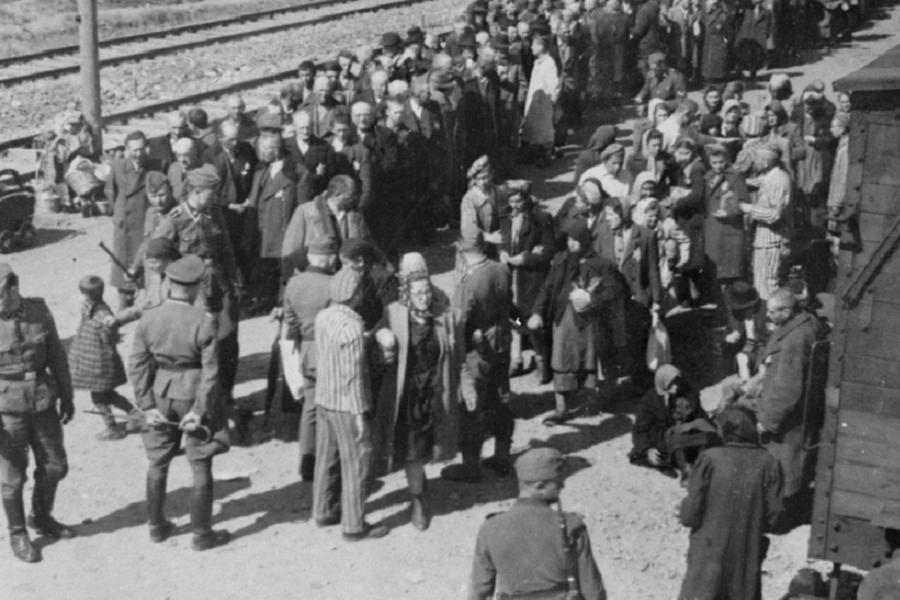
However, a severe injury during the 1943 Eastern Front campaigns rendered him unfit for combat. Promoted to captain and awarded a wound badge, Mengele was reassigned to a new post that would cement his legacy of horror: Auschwitz concentration camp.
The “Angel of Death” at Auschwitz
Arriving at Auschwitz in May 1943, Mengele found himself in an environment that fueled his darkest ambitions. The camp was transitioning into a killing machine, with the Birkenau sub-camp becoming a hub of industrialized murder. As a medical officer, Mengele was tasked with selecting which prisoners would face immediate death in the gas chambers and which would endure forced labor or his gruesome experiments. Unlike other doctors, who found the selection process harrowing, Mengele relished it, often volunteering for extra shifts on the arrival platform. His impeccable uniform and faint, sinister smile became a haunting presence for the thousands who faced his judgment.
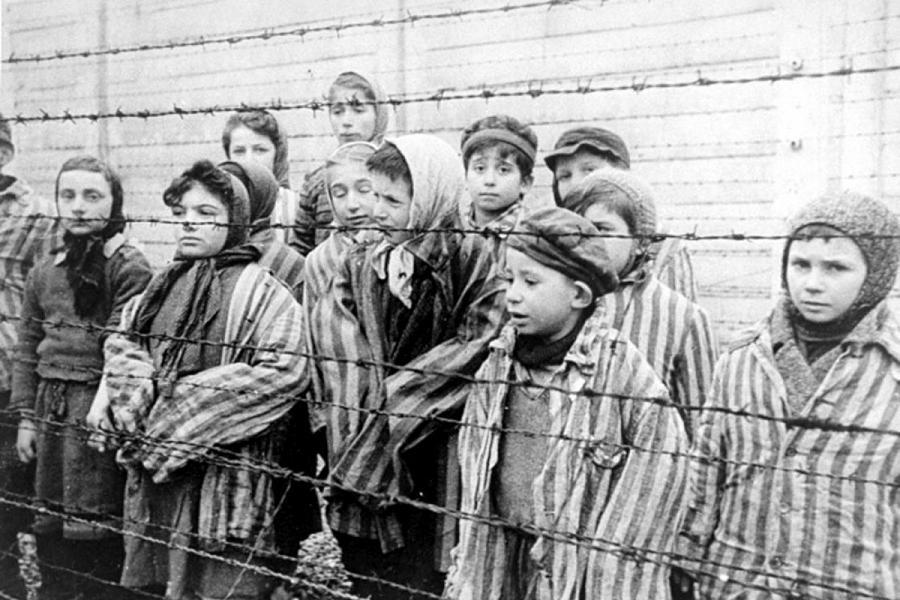
Mengele’s role extended beyond selections. He managed an infirmary where the sick were executed, supervised inmate medical staff, and conducted his own research, treating prisoners as mere test subjects. His experiments, driven by a warped fascination with heredity, were particularly barbaric. Focusing on identical twins, whom he saw as ideal for isolating genetic versus environmental factors, Mengele subjected children to torturous procedures. He injected substances into their bodies, induced gangrene with clamps, and performed agonizing spinal taps. In one horrific instance, he killed 14 pairs of twins in a single night, dissecting their bodies for comparison after injecting chloroform into their hearts.
His cruelty was not limited to twins. Mengele stitched prisoners together, gouged out eyes to study iris color, and vivisected children he once called “Uncle Papi.” When diseases like typhus or scarlet fever spread, he ordered entire barracks gassed to “contain” the outbreaks, only to repeat the process with new prisoners. His obsession with race led him to saw off the heads of Romani prisoners infected with noma, sending the preserved samples to Germany for study.
A Mercurial Monster
Mengele’s methodical sadism was punctuated by impulsive acts of violence. During one selection, when a mother and her 14-year-old daughter refused to be separated, he shot them both and sent the remaining prisoners to the gas chambers, abruptly ending the selection process. In another instance, after a dispute with colleagues over a boy’s tuberculosis diagnosis, Mengele shot the child and dissected him to settle the argument—only to admit he was wrong.
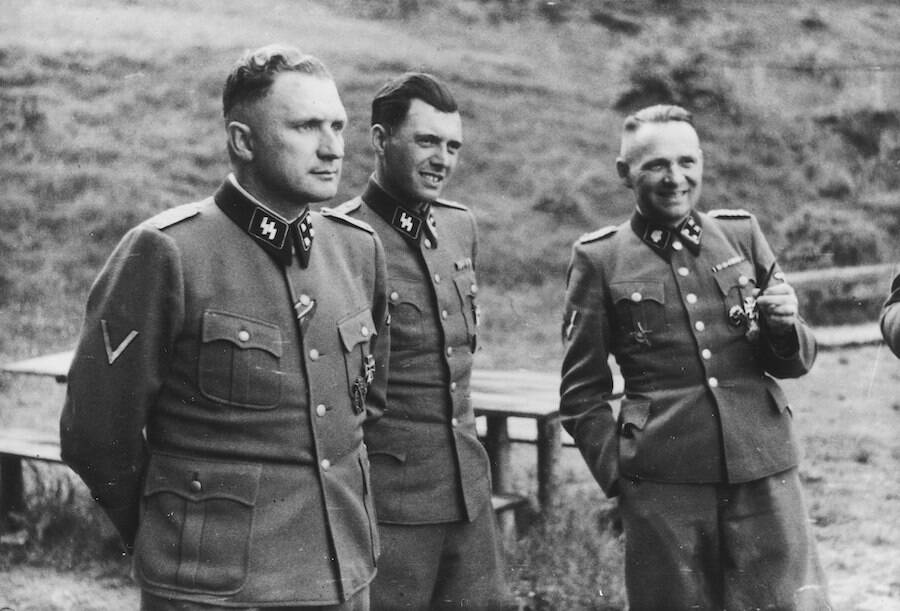
His enthusiasm earned him a management role in 1944, overseeing public health measures at Birkenau while continuing his experiments. As the war turned against Germany, and Auschwitz’s operations slowed, Mengele packed his research notes and fled, leaving behind a trail of devastation.
A Life in Hiding
In January 1945, as the Soviets closed in, Mengele escaped west, evading capture by blending into the chaos of postwar Germany. Briefly detained by American forces in June 1945, he was released due to poor coordination of wanted lists. Working as a farmhand in Bavaria, he eventually fled to South America in 1949, aided by sympathetic regimes in Argentina, Brazil, and Paraguay.
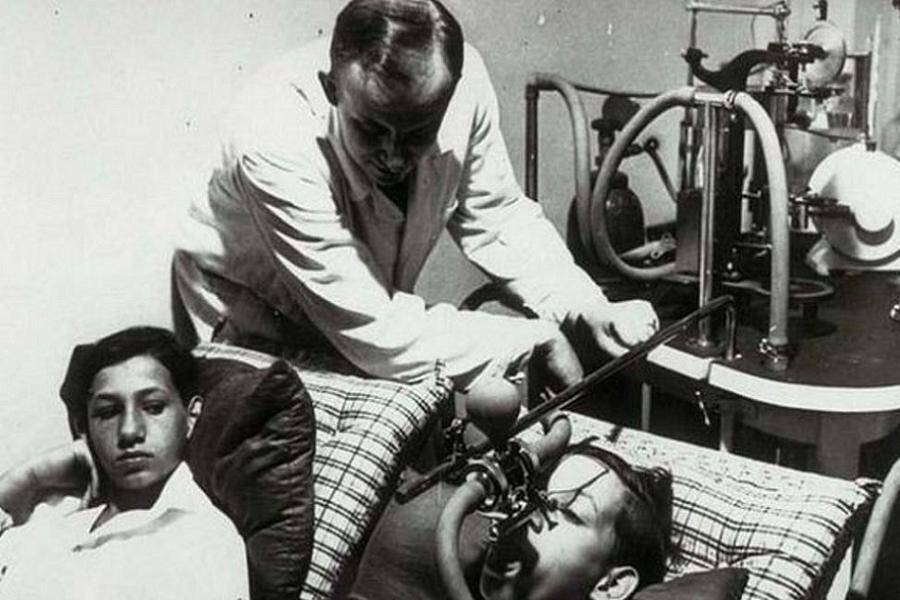
In Buenos Aires, Mengele operated an illegal medical practice, performing abortions until a patient’s death led to his arrest. A bribe secured his release, and he continued to evade justice. Despite Israeli efforts to capture Nazi fugitives, Mengele remained elusive, living under aliases and occasionally his own name. His family and friends later admitted to shielding him, ensuring he never faced a courtroom.
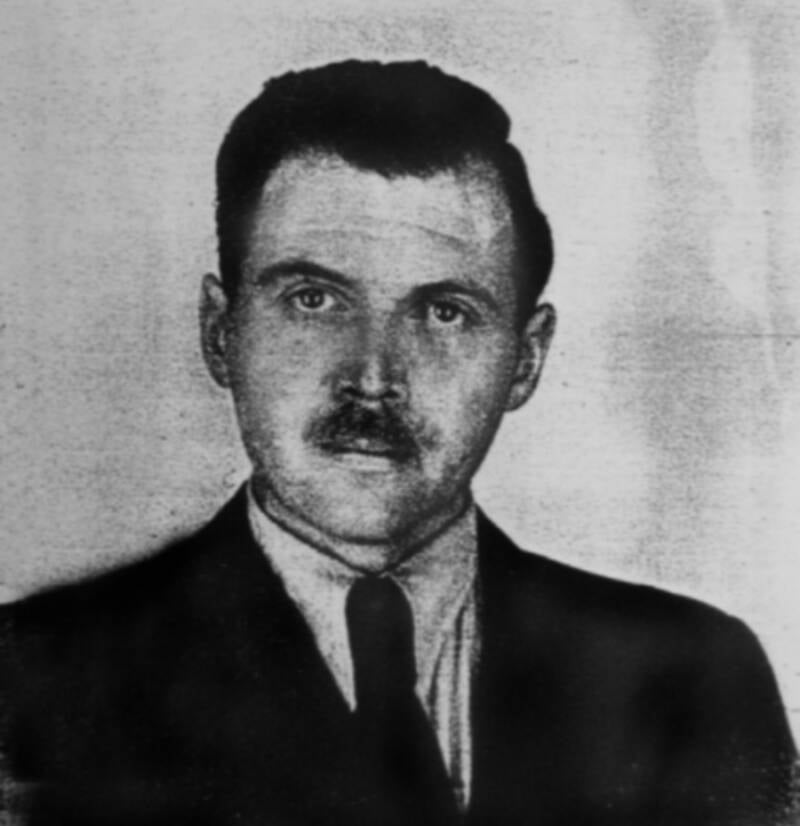
On February 7, 1979, Mengele suffered a stroke while swimming near São Paulo, Brazil, and drowned. His death remained a secret until 1985, when Brazilian police exhumed a grave listed under the name “Wolfgang Gerhard.” Forensic and genetic evidence confirmed the remains were Mengele’s. In 2016, his bones were handed over to the University of São Paulo for medical research, a final irony for a man who treated human beings as disposable.
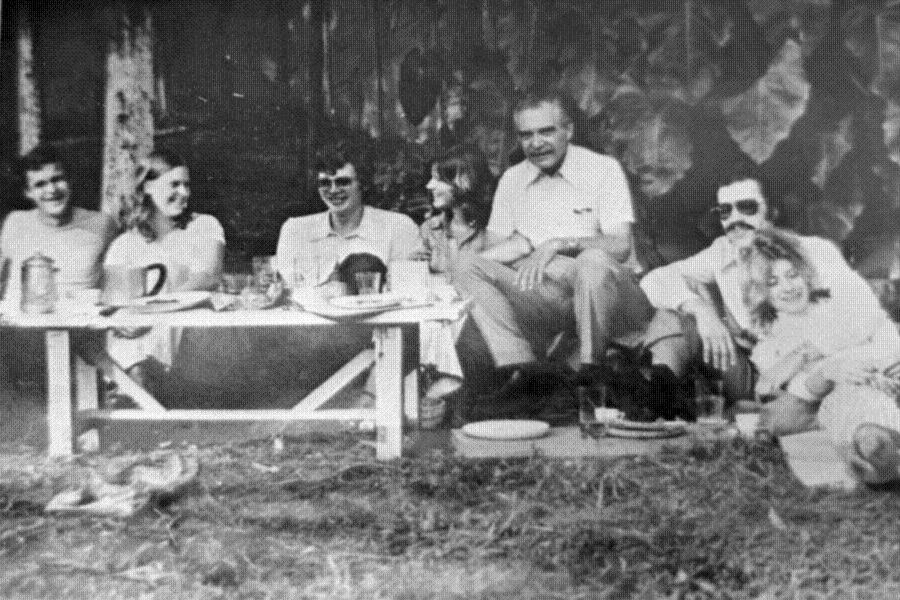
A Legacy of Horror
Josef Mengele’s story is a stark reminder of the depths of human depravity. His experiments, conducted under the guise of science, were acts of sadistic cruelty that left thousands scarred or dead. His ability to evade justice for decades underscores the challenges of holding perpetrators accountable in the aftermath of global conflict. The “Angel of Death” may have escaped earthly judgment, but his name remains a chilling symbol of the Holocaust’s horrors, a testament to the resilience of survivors, and a warning of the dangers of unchecked ideology.
Content Note: This story discusses war crimes and human experimentation during the Holocaust. Reader discretion is advised.



